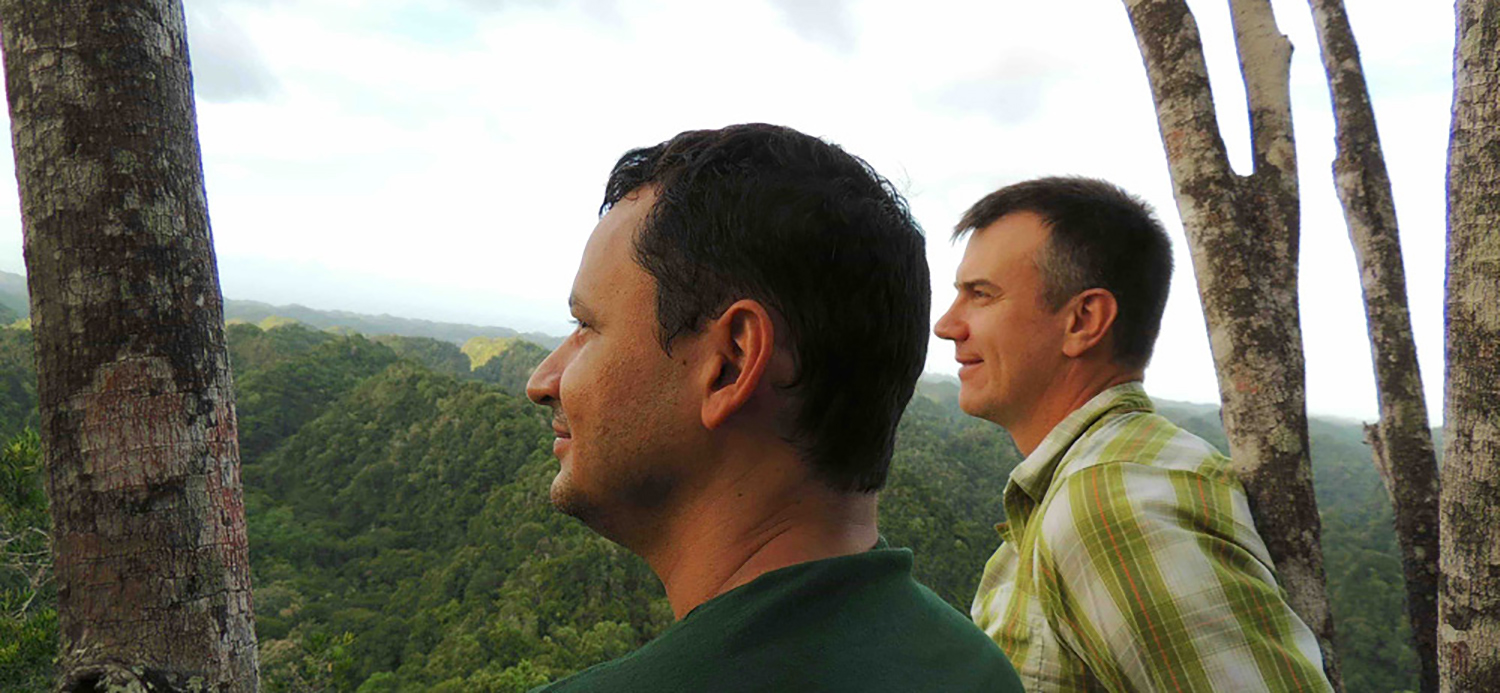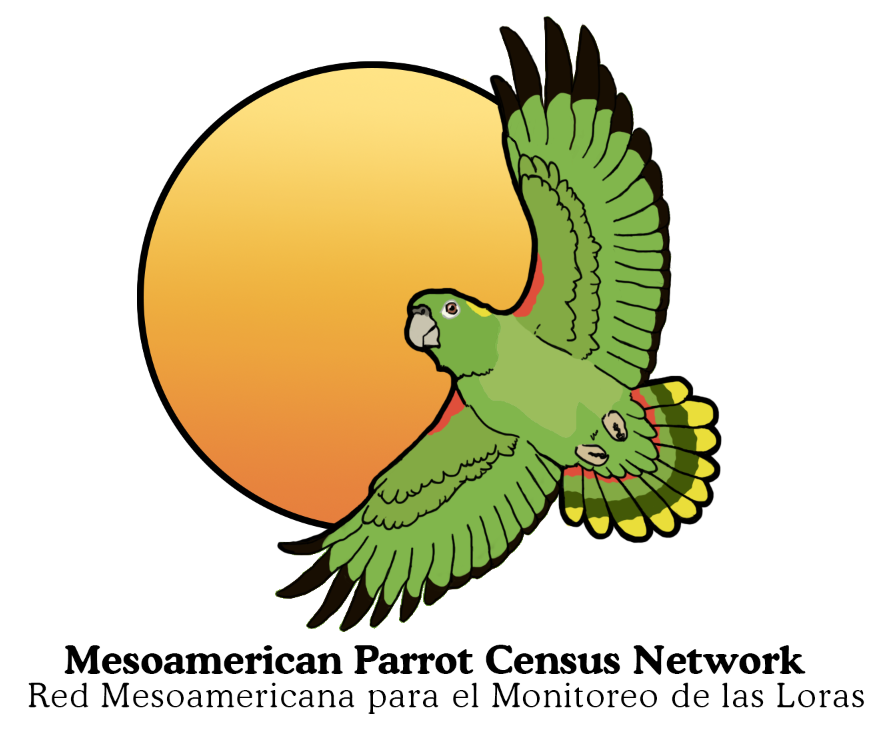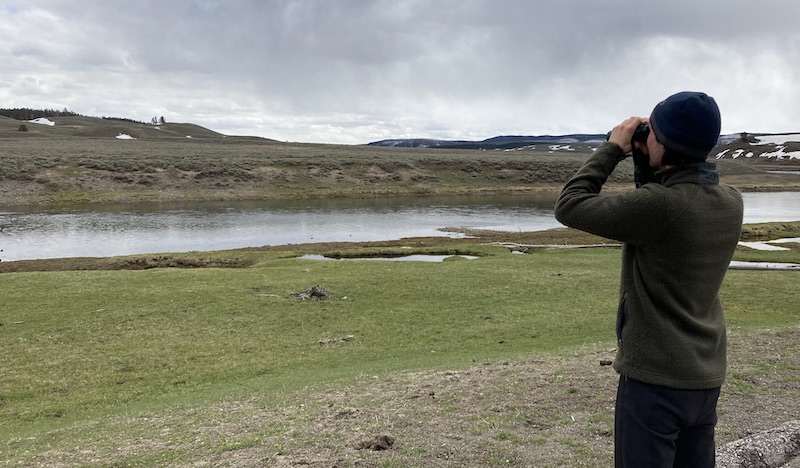 Timothy F. Wright
Timothy F. Wright
Department of Biology
New Mexico State University
(575) 646-1136
email
Conservation

Parrots and humans have a peculiar and longstanding relationship. Parrots have been valued as pets for thousands of years due to their mimicry and sociable nature. This affection has had tragic consequences for many species, which are threatened by poaching for the pet trade as well as loss of habitat. As a result, parrots are among the most threatened of bird groups.
I believe this harsh fact presents both an imperative and an opportunity. The imperative is to work for the conservation of parrots. The opportunity is to use our inherent fascination with parrots to inform people about basic themes in conservation and science. Much of this work has been supported by the World Parrot Trust; you can support our work, and parrot conservation in general, by visiting their website.
Conservation Science
One way my students and I work for the conservation of parrots is to choose scientific questions that have explicit conservation implications. One example is our studies of vocal and genetic variation, which help determine important parameters like population connectivity, relatedness, gene flow, and species limits. We have conducted such studies in the yellow-naped amazon of Costa Rica, the thick-billed parrot and lilac-crowned amazon of Mexico, and the mealy amazon of Central and South America (see Publications page).
One study that had major impact on parrot conservation was our 2001 Conservation Biology paper. In collaboration with a wide range of authors, Cathy Toft and I compiled data across a wide range of species to demonstrate convincingly that nest poaching for the pet trade was widespread and often severe. This paper supported the contention that restrictions in parrot importation like the U.S. Wild Bird Conservation Act were effective in reducing poaching. It was widely publicized at the time of release (see link to NPR interview[use link from old page]) and motivated subsequent efforts, led by the World Parrot Trust and others to restrict the importation of wild-caught birds into the European Union. This effort was ultimately successful with a permanent import ban imposed in 2007.
Other examples of our conservation-related work include of studies of population genetics and systematics in parrots of conservation interest, including the mealy amazon (Amazona farinosa), the thick-billed parrot (Rhynchopsitta pachyrhyncha) and the extinct Carolina parakeet (Conuropsis carolinensis).
Conservation Action
Nest poaching for the internal pet trade continues to be a major conservation issue for many species, including the yellow-naped amazon of Costa Rica. We have partnered with the Area de Conservation Guanacaste and the World Parrot Trust to create a multi-faceted community conservation and education program. This program is directed at communities surrounding major parrot breeding areas and includes primary school education modules and field trips, murals, outreach talks and festivals to promote community awareness, and direct protection of nests. This program is now in its fifth year. You can view videos of the kids imitating yellow-naped amazon contact call dialects and pair duets.
Outreach
The Wright Lab actively works to communicate our scientific results and their implications to the general public. We give frequent presentations in local schools and in community forums like the Mesilla Valley Audubon and Las Cruces Museum of Natural History. We have published several general interest articles in the World Parrot Trust’s magazinePsittascene (see Publications page) and work with journalists who wish to highlight our work (see article by Susan Milnius, “Not Your Father’s Song” in Science News, 2008).In 2011 we developed a workshop module exploring principles of sound production in animals for use with middle school students. The module was designed to encourage students to formulate hypotheses about relationships between call parameters and body size in animals, and then test those hypotheses using sound analysis software and parrot calls available from the Cornell Lab of Ornithology. A description of this module is freely available (Word Doc or PDF) ; please feel free to share any suggestions for improvements with me.

